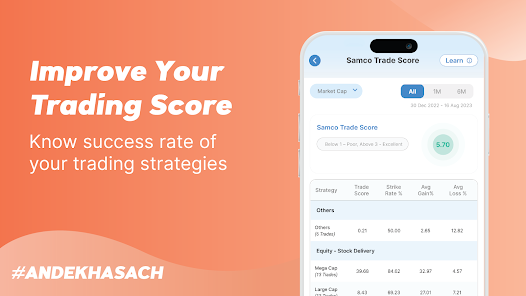In the world of futures trading in the stock market, success can bring big rewards, but mistakes can be highly costly. That is why it is critical to have a plan in place before you begin trading. Here are some suggestions for how to proceed.

- Develop a trade plan:
The first tip cannot be emphasized enough. Before you enter into a deal, carefully plan your strategy. This entails setting not only a profit target but also an exit strategy in case the deal goes against you based on the stock market trends.
The idea here is to reduce the likelihood that you will need to make critical decisions while already in the market with money at stake. You don’t want emotions like fear and greed to influence your decisions by tempting you into staying in a losing position too long or abandoning a lucrative position too soon.
A well-thought-out trading strategy that includes risk-management tools like stop orders or bracket orders can help protect you from such blunders.
- Protect your positions:
Committing to exit tactics in advance can help insulate you from significant countermoves. Too many traders try to utilize their own speculations in which they mentally set a price for when they will close a transaction and minimize their losses. Even the most disciplined traders find it too easy to overlook these.
Consider using stop orders to firm up your commitment. This can be easily done on a stock trading app. First, determine a bailout point and then place a stop at that price. When the primary order is executed, the stop is automatically applied. This eliminates the need for you to constantly monitor the market and worry about submitting your stop order at the appropriate time.
However, there is no guarantee that the stop order will be executed at or near the stop price. Stops are not a guarantee against losses; markets can move swiftly past them. You can use a trading app to make all the transactions.
Also, keep in mind that, unlike with other items, stop orders are not guaranteed to fill at all due to price protection points, which are established price ranges within which an order should be executed to avoid selling at a high price level.
- Pace your trading
If you’re new to future trading, don’t go too fast. There is no reason to start trading five or ten contracts at once if you are starting. Don’t make the beginner’s error of using all of your account funds to buy or sell as many futures contracts as possible. Occasional drawdowns are unavoidable. Therefore, you should avoid developing a huge position in which one or two bad trades can wipe you out financially.
Instead, begin gently with one or two contracts and create a trading strategy without the extra pressure of handling larger amounts to calculate return. Adjust your trading as needed, and if you discover a style or method that works well, consider increasing your order size.
Don’t become so caught up in market action that you lose sight of the bigger picture. You should definitely keep track of your job orders, open positions, and account balances. However, it may not be prudent to rely solely on market ups and downs. Thus, attempt to retain a long-term view. Longer transaction durations may be more effective than attempting to trade every market change.
No Responses